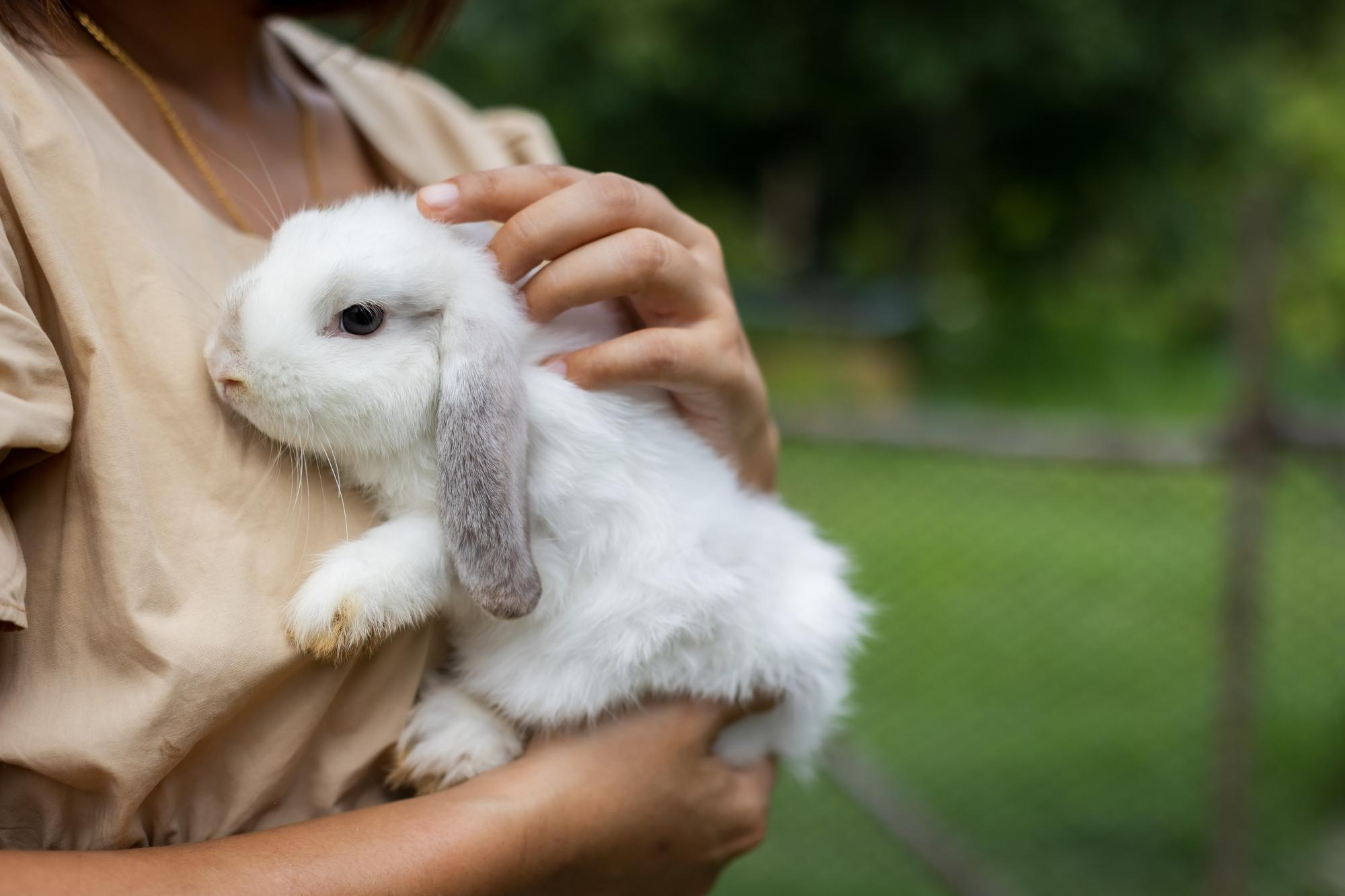Welcome to part two of our “Caring for Kittens” series! This is an exciting period for you and kitty as your adventurous, playful little pet will be forming their very first impressions of people and the world. During these weeks, you will need to monitor his or her learning experiences and ensure they are both healthy and safe.
Normal Characteristics between Weeks 8-12
By week eight, most kittens know how to use a litter box. If your kitten does not, you can housetrain them in a few days by providing them with a litter box. Scoop kitty up and place them in it each time he or she starts to urinate or defecate. Never punish them while they are learning this important skill. Be patient.
You should also expect the following changes and habits:
- During these weeks they will sleep about 20 hours a day.
- When awake, kitty will be on the go, running, climbing, jumping, stalking, pouncing, and more than eager to play. Now is the perfect time to offer them paper bags, plastic, flexible straws, and anything they can chase as toys.
- Kittens have very small tummies and will thrive on 4 small meals a day. They need access to a water bowl at all times.
- They love to use their claws and will be happy to scratch and shred anything on which they can get their little paws—even you! You can deter this behavior by providing a scratching post.
- They will grow bigger and heavier every week.
- Whenever you run your hands over your kitten, there should be no lumps, bumps, or any indication of sensitivity to touch. If there are, you need to contact your veterinarian.
How to Make Sure Your Kitten Stays Safe
- Cover any exposed wires in your home, and keep cleaning products, insecticide baits, and sharp objects out of kitty’s reach.
- Make sure kitty doesn’t have access to the attic or basement if these areas aren’t well ventilated or if they expose tiny, inviting places where kitty can wiggle in and can’t get out.
- Introduce him or her slowly to other household pets and supervise them until you are sure they all get along. Again, you need to be patient with this; all animals need lots of time to get used to each other’s scent.
- Check for doors in your house that don’t close properly or give kitty access to rooms you want kept out of bounds. Also check for broken screens on windows and outer doors that could allow kitty to escape from the house.
- Have your veterinarian insert an ID chip under kitty’s skin to make sure they can be identified if he or she is lost or comes to harm and is taken to a shelter or clinic.
- Invest in a travel carrier. You will need it when taking kitty to the veterinarian and for visits elsewhere, and you should keep it near kitty for a while so that they will grow more used to it.
Checkup and Vaccinations
Kittens should have a nose-to-tail checkup from a veterinarian and a vaccination program started or planned.
When kittens stop receiving mother’s milk, they no longer have immunity from diseases for which their mothers were immunized or developed antibodies against. Kittens usually receive their first vaccination between 6-8 weeks, boosters at 12 weeks and 16 weeks of age, or 4 weeks after their first visit. Let your veterinarian be your guide to the vaccinations needed. Typically during their first visit your kitten will receive vaccination against feline distemper. Your veterinarian will discuss with you if there is any possible need for vaccinations against FELV (aka feline leukemia) and rabies based on your kitten’s lifestyle.
Feedings
Make sure your kitten eats an appropriate diet—your veterinarian will be happy to make recommendations. If your cat receives canned food, don’t let it stay out for longer than 20 minutes. Canned food should be offered early as it does have some health benefits for kittens; you should also gradually introduce your kitty to dry food at this age.
Avoid letting him or her eat food intended for humans or dogs. Keep their water bowl full; it needs to be changed frequently in order to give them access to fresh water. If the water has a peculiar odor or taste and kitty turns away from it, you can give them bottled water.
Useful Training Tips for Kitty
- Get them to socialize: Take time to pet and play with your kitten daily and introduce him or her now and then to other people so that he or she will learn to like and trust humans in general.
- Teach them to accept the carrier: Put treats inside the carrier and, when he or she is used to wandering in and out, shut the door and move them to another room, then let them out right away and give them a treat. Take short trips in the car followed by a treat so that he or she will not be afraid of the carrier.
- Train them to use their scratching post: If he or she starts to scratch your furniture or carpets, discourage them and then move them to the scratching post.
- Teach kitty to come when you call: Use their name often and, when he or she starts to look up or at you when they hear their name, reward them with a treat.
Congratulations, you now have a healthy and happy kitten in your life!
Did you miss out on part 1? Read Caring for Kittens, The Series. Stage 1: Age 0-8 Weeks.
Creative Commons Attribution: Permission is granted to repost this article in its entirety with credit to Hastings Veterinary Hospital and a clickable link back to this page.






